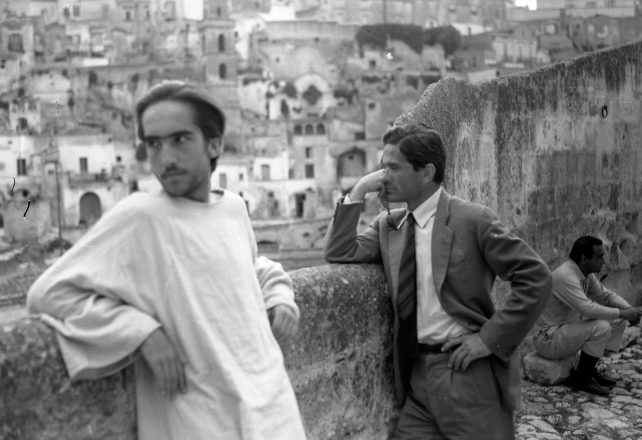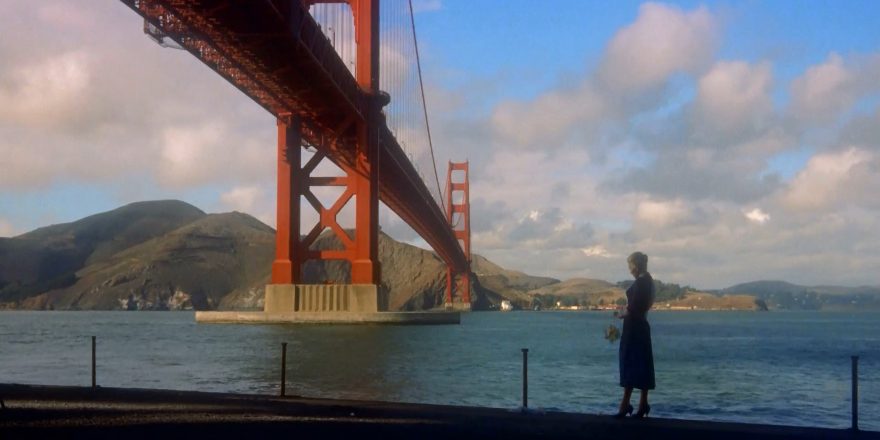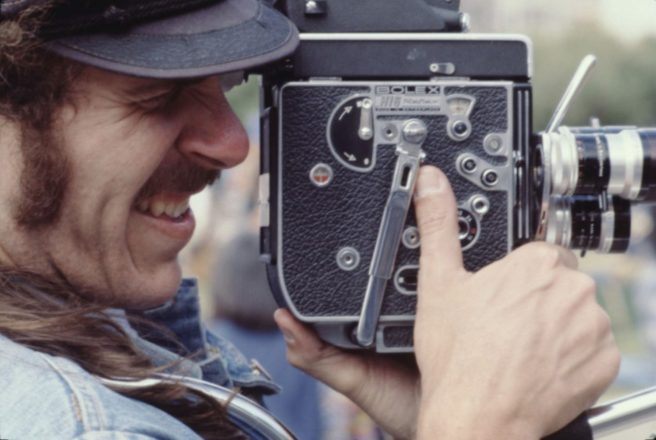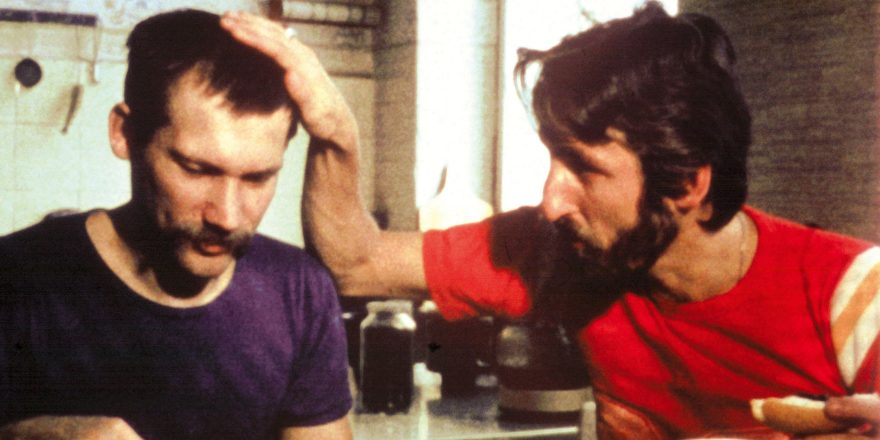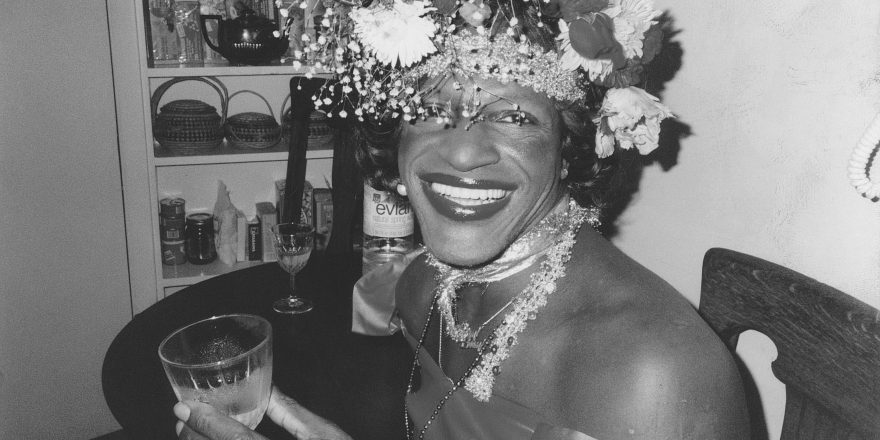There was a time many years ago when I was drawn to the dark mystery of Pier Paolo Pasolini’s tragic death, with its evidently gay resonance (legend had it that he was murdered by a male hustler he’d picked up, though likely the circumstances of his death were far more complicated and ominous).
It was in 1986 that my University of Minnesota film studies professor had sagely suggested I read a book by Vito Russo called The Celluloid Closet: Homosexuality in the Movies. Vito’s incredible film history tome was the catalyst that enabled me to come out as queer and to embark on my path as an LGBTQ film historian and curator. I immersed myself in Vito’s research and also gradually managed to find some of the scant amount of other material written on the topic (including Richard Dyer’s Gays and Film and Parker Tyler’s Screening the Sexes, which features Tyler’s lengthy and eccentric reflection on Pasolini’s 1968 bisexual allegory, Teorema).
Naturally, as a newly out twentysomething film studies major at that time, I combined my passions and decided to start a lesbian and gay film series at the student union. I flung myself heart and soul into a queer cinematic pilgrimage to scour and rediscover every gay frame from the entirety of motion picture history — both on the screen and behind the camera.
Of course, 1986 was a time when the gayness of famous figures was still, more often than not, shrouded in a sense of shame or secrecy. The prevailing stance of straight voices in cultural studies conveyed that such information was not a relevant aspect when speaking of an artist’s work. There was a resistance to even addressing such a basic fact as the sexual orientation of significant historical artists, writers, actors, directors. Thankfully, the voices of LGBTQ cultural critics and others ultimately turned the tide. But in that moment of my coming out in the late 1980s, these aspects of personal identity were not generally addressed in a public context like a textbook, a news story or a documentary. The implication was that this was a private (and shameful) realm; that it would be impolite and improper to reveal such information to the world — even if everybody actually knew it to be true.
Though Pasolini may have been out and proud in his own actual life, this was not one of the truths that mainstream cinema studies wanted to address.
In my fervor as a queer film curator, I searched for years for a particular Dutch documentary I’d heard about that supposedly directly addressed the gayness of Pier Paolo Pasolini, this giant of international cinema whose name had appeared in the pages of my college film history textbooks alongside Jean-Luc Godard, François Truffaut, Akira Kurosawa and Ingmar Bergman; not to mention the figure who would become one of my most significant influences stylistically as a filmmaker, Chantal Akerman.
The 1981 documentary I was in search of had a title which referenced Pasolini’s outspoken criticism of the Italian government at the time of his death. It was called: Whoever Says the Truth, Shall Die. Of course, it’s a title which also gestures to the fact that Pasolini spoke openly of being gay at a time when homosexuality was not so widely accepted.
It seems shallow and kind of insulting or disrespectful to confess that my interest in Pasolini was more about his life (and his death and his sexuality) than about his work as a filmmaker. More about my quest to find a film that was about him, rather than any film he had actually made himself. In fact, it’s also totally embarrassing to admit that I don’t think I’ve ever seen a Pasolini film in its entirety. I could never bring myself to watch more than the first few minutes of Salò, or The 120 Days of Sodom. (Yes, I admit I may have previously overstated my devotion to experiencing the entire gay history of cinema.)
And so that is my sliver of a story. The concise confessional tale of my un-cinematic passion for Pasolini — of my unsuccessful pursuit of a gay film about a gay filmmaker for a gay film series. And here’s the punchline. Of course, I typed that film title into my search engine as I started writing this essay. And my 35-year quest is at last successfully resolved: there it is, Whoever Says the Truth, Shall Die, instantly accessible in a pirated version on YouTube. As a coda, may I say: it was worth the wait.
The film, which was released in 1981, opens with this eerie observation from Pasolini (from an interview conducted by the film’s director, Philo Bregstein, in 1970): “One does not really know a person until after he has died.” Featuring interviews with many of his famous Italian friends, including Bernardo Bertolucci, the film showcases a beautiful championing of Pasolini from actress Laura Betti, who describes how he had been persistently harassed by the authorities (for being a “corrupting homosexual”). Indeed, there were repeated charges brought against him, most involving accusations of encounters with minors, though he was always acquitted. (Not mentioned in the film is the formative relationship of his life, his partnership with actor Ninetto Davoli, whom Pasolini fell in love with in 1963 at the age of 41, when Davoli was 16.)
In Whoever Says the Truth, Shall Die, Bregstein conveys an overview of Pasolini’s life and career, from his initial fame as a poet to his prolific political writings and films. Bregstein constructs a compelling case that Pasolini’s savage November 2, 1975 murder (described in gruesome detail and illustrated with graphic photographs of his brutalized corpse) was not simply a hookup gone wrong, but was in fact a case of assassination. Bertolucci goes so far as to characterize it as the conclusion of a crusade against Pasolini, in part for his having been gay, but also for having been so provocative in his scathing critiques of the government and the ruling classes — he offered impassioned attacks on capitalism and consumerism and even argued for the elimination of television.
Whoever Says the Truth, Shall Die especially makes clear that Pasolini’s murder was never properly investigated, and one comes away with a powerful desire to seek justice for this talented if complicated man (while she clearly also adores him, at one point Betti literally calls him “crazy”). Another quick Google search reveals that 30 years later, in 2005, Giuseppe Pelosi, the hustler who had been charged with the murder, recanted, saying that the actual killers had been three men who had assailed the director as “a dirty communist” and who had threatened Pelosi’s family if he didn’t take the fall.
I am also relieved to say that thanks to the inclusion in the film of a wide array of excerpts from Pasolini’s prolific cinematic career, at last I can say — here in 2022, on the centenary of his birth — that I finally have seen at least a little bit of his work.
Featured image, showing Pier Paolo Pasolini and actor Enrique Irazoqui while making The Gospel According to St. Matthew, is via Wikimedia Commons. The book Pier Paolo Pasolini: Writing on Burning Paper, which celebrates Pasolini on his centenary, will be published later this fall.



